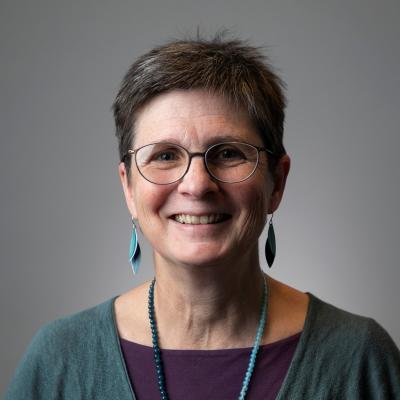The future is here: improving urgent care for frail older people
17 June 2013

One of my favourite quotes is William Gibson's 'The future is here, it’s just not very evenly distributed'. I saw some of that future at the Northern General Hospital in Sheffield on Friday, at a presentation of the work being done by the team responsible for the care of frail older people.
The challenges facing urgent care services are rehearsed on a daily basis on local and national news. Too often our immediate response to hearing these problems is to ask for more – more A&E capacity, more staff, more information on what our choices are.
In Sheffield they have taken a different approach. Building a deep understanding of how their urgent care services work (or or don't work!) for frail older people, they have recognised that the problem isn't one of capacity but of 'flow'. By tackling the factors that impede flow of patients through their services they have had a dramatic effect on length of stay, costs and – most importantly – outcomes.
Looking at their services from the flow perspective, led them to think very differently about the problems they faced. They found that the organising principle of their care was to optimise the individual productivity of each part of the system rather than supporting smooth flow of people along their care pathway. This meant that whilst individual bits of the system were 'processing' their part of the care pathway quickly, queues formed as patients then had to wait to move through the next stage of the pathway.
On a production line – when it is just widgets rather than people – this is recognised as inefficient. In hospitals, when we are talking about vulnerable patients, this can be dangerous. Older people waiting in hospital beds for treatment or discharge (which happens as often) lose their independence and are exposed to unnecessary risks. Removing both these delays make care safer and more efficient.
The team also found that their care processes were 'perfectly designed' to create initial delays of at least 24 hours before the right assessment was carried out. Careful analysis of the data showed that even if someone felt unwell when they got up in the morning, the existing processes for getting them to the hospital and assessed meant that they didn't see the right healthcare professional until the following day. As we know, once older people are in a hospital bed, it becomes much harder for them to get back home.
Having this analysis gave them a powerful platform for change. Taking an approach that used small scale testing to try out ideas and learn from them, they started to redesign their care.
Against a backdrop of constant demand, the changes implemented to date have enabled them to reduce bed occupancy by 20% and increase the number of people discharged within 24 hours by over a third, without any increases in readmission rate. Most importantly, there are promising reductions in mortality. Changes have included:
- Putting different transport services in place so that once a GP has decided an older patient needs to be seen by a specialist, they are at the hospital within an hour.
- Wholesale change to consultant job plans means that, on arrival, the patient sees the most experienced member of the team so that their needs are quickly assessed and met. This allows many people to go straight home with the necessary support but, if they are admitted, they are admitted into a team that is working in a coordinated way to meet the needs of frail older people.
- There has also been a mind-set change in the approach to discharge. Rather than 'assessing people for discharge' – an approach that was inadvertently adding up to 16 days to people's length of stay – the team now 'discharges to assess'. As soon as a patient is medically fit for discharge they are taken home by a therapist, assessed in their own environment and community support swiftly put in place.
However, the most remarkable thing about the team at Sheffield isn't the individual changes – there are no magic fixes, and what has worked for them may not be the right solutions in other places. The impressive thing is that they have built a team that is as committed to improving the care they provide and using the science of improvement to do this, as they were committed to applying the best evidence for the clinical care of their patients.
The Health Foundation creates the space for those in healthcare to develop and test ideas. The work at Sheffield demonstrates what can be achieved if you invest in the time and capability of a team – leaders at NHS England and in provider organisations need to follow suit and start to evenly distribute our future.
Jo is Director of Strategy at the Health Foundation.
Work with us
We look for talented and passionate individuals as everyone at the Health Foundation has an important role to play.
View current vacanciesThe Q community
Q is an initiative connecting people with improvement expertise across the UK.
Find out more

